Abstract art, known for its subversion of rules and traditional aesthetic boundaries, is a testament to human creativity’s limitless possibilities. It breaks away from the realism of traditional art forms and ventures into the realm of the abstract, with colors, shapes, and forms serving as communication mediums.
However, colorful abstract artfully embraces this departure from traditional forms, focusing on the vibrancy and emotional potency of color above all else. This exploration into the world of colorful abstract art will seek to provide an understanding of its unique elements, delve into its rich history, honor the pioneers who have shaped it, address its modern-day appreciation, and offer guidance for those who wish to create their own.
Table of Contents
- Understanding Colorful Abstract Art
- Historical Perspective of Colorful Abstract Art
- Pioneers and Influencers of Colorful Abstract Art
- Appreciating Colorful Abstract Art Today
- Related Questions
Understanding Colorful Abstract Art
Diving headfirst into the enchanting art world, one cannot help but tend to be arrested first by vivid colors and bold forms—without conscious thought of the profound underlying meanings.
This is the overwhelming charm of abstract art—a genre that steps out of the comfort zone of symbolic boundaries and embraces emotive expressions. Whether it’s Picasso’s dreamy bewilderment or Jackson Pollock’s dynamic drips, the appeal of colorful abstract art has seized the imagination of humankind for centuries.
At the heart of this charm is the construct of distinct individualism that abstract art bears. It ventures beyond literal depictions, reaching into the viewer’s soul through vibrant colors, distinct shapes, and unusual forms.
Each piece reflects the heart of its creator yet resonates uniquely with distinct individuals. The interpretation is subjective and personal, a domain where beauty truly lies in the beholder’s eyes.
Colorful abstract art ignites a dialogue between the artwork and the viewer. It poses questions, evokes emotions, induces thoughts, and provokes interpretations. As viewers dissect layers of colors, lines, and textures, it allows for intellectual stimulation. Instead of presenting familiar faces and mundane landscapes, abstract art forces us to challenge our imagination.
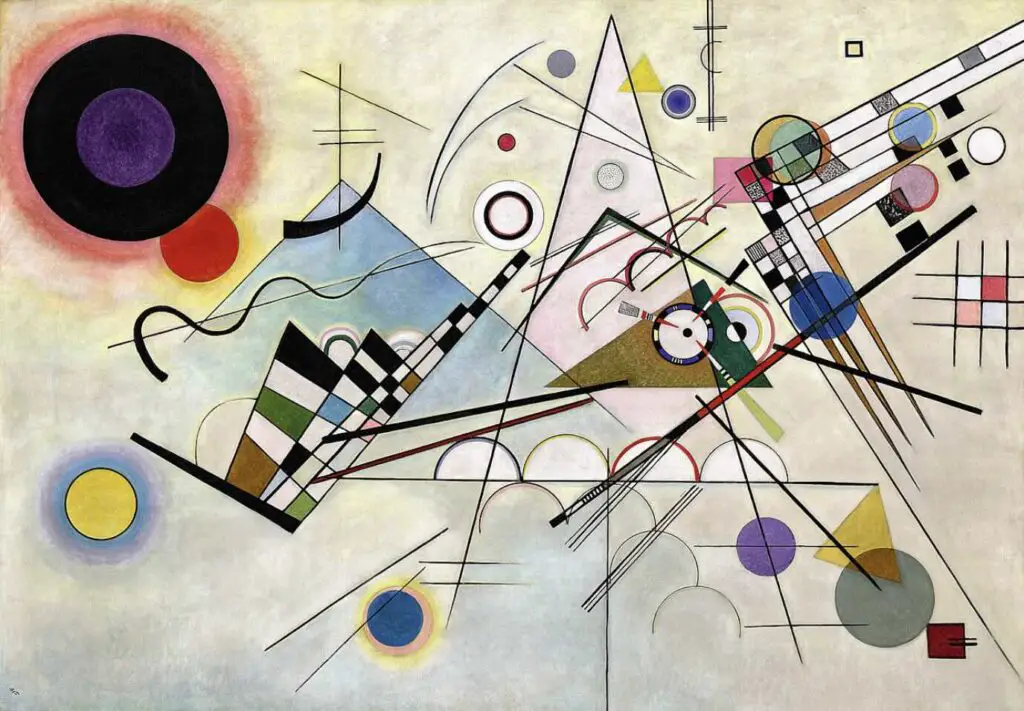
One crucial facet of abstract art is its bold and generous use of colors. This vibrant flexibility, this license to play and experiment with the color palette, has a powerful impact on the viewer’s psyche.
Each color tells a story of its own. It could be passionate red screaming unrestrained expressions, soothing blues suggesting tranquility, or a chaotic juxtaposition of shades indicating turmoil. Art lovers will resonate with the idea that color can evoke feelings, affect mood, and set the tone of an environment.
Artists who dabble in colorful abstract art aren’t bound by limitations and archaic rules that dictate what art should resemble. Instead, they hold the power to present their innermost emotions and deepest sentiments through seemingly uncoordinated strokes and mesmerizing colors. This freedom to create without restraints gives wings to unrestricted creativity, making this art form accurately represent an artist’s soul.
And let’s not forget the limitless possibilities offered by abstract art. The same piece of art can narrate a different story each time it’s admired. It’s like stepping into a wonderland with no maps, no directions—just raw, unfiltered exploration. This factor makes each interaction with colorful abstract art unique, unforgettable, and deeply personal.
In conclusion, colorful abstract art is like a labyrinth of emotions, thoughts, and ideas beautifully encapsulated in a cornucopia of colors. Its uniqueness and appeal lie in its ability to transcend the boundaries of literal depictions, stimulate intellectually, and connect emotionally.
A beautiful rebellion in art, abstract art is a testament to the power of colors and forms to evoke and express unfiltered human emotions and experiences. No wonder it continues to charm the old and young alike, capturing hearts one bright splash of color at a time. So, let the vivid expanse of colors pour over; surrender to the illuminating journey of abstract art.
Historical Perspective of Colorful Abstract Art
The Evolutionary Journey of Colorful Abstract Art: A Reflection
Cl steeped in an aura of fascination, colorful abstract art has been pivotal in the world of aesthetics. Its journey through time unravels an intriguing narrative of evolution that shadows and echoes dynamic cultural shifts, global occurrences, and individual artistic decisions.
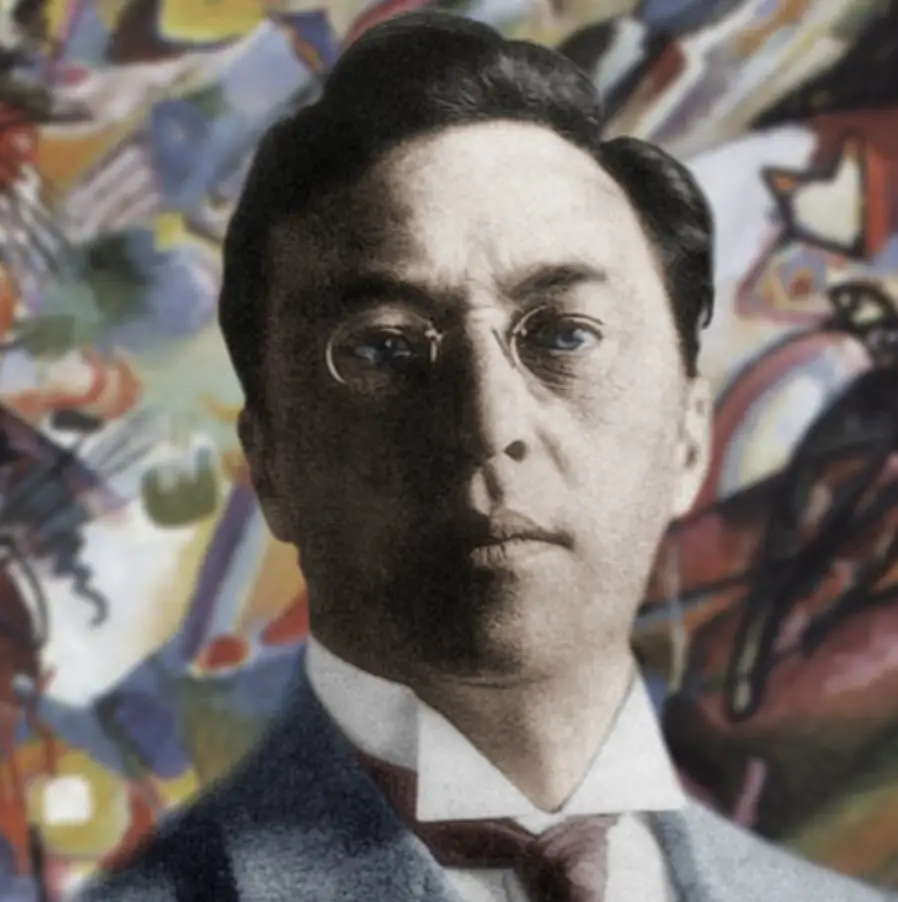
Being an innately individualistic genre, colorful abstract art flourished in the 20th century with the work of pioneers like Wassily Kandinsky and Piet Mondrian, known for their stark use of color and form.

They stepped away from visually accurate reality, introducing a period where the purpose was no longer extended representation but the manifestation of pure emotion using colors.
Kandinsky, seeking to incite spiritual experiences, employed a symphony of riotous colors and forms, while Mondrian, the purist, preferred a geometric format with primary colors. Their paths differed, but their intent was similar – to let colors and forms freely emote.
Yet, there lies subjectivity in colorful abstract art. It does not elucidate but provokes a dialogue, initiating a unique intellectual exchange. Plunging into a pool of colors, the viewer is left drowning or swimming in their meanings, challenging pre-existing notions and causing them to contemplate, decode, and understand art on a profound level. It’s not merely seeing; it’s a journey within.
Colorful abstract art evolves with the artist’s interpretation, too. Artists weaving psychological theories into their work exemplify its evolution. For instance, Mark Rothko’s color field paintings were giant fields of luminescent colors that evoked deeply emotional responses, a testament to the power of colors altering the psyche and inducing emotions.
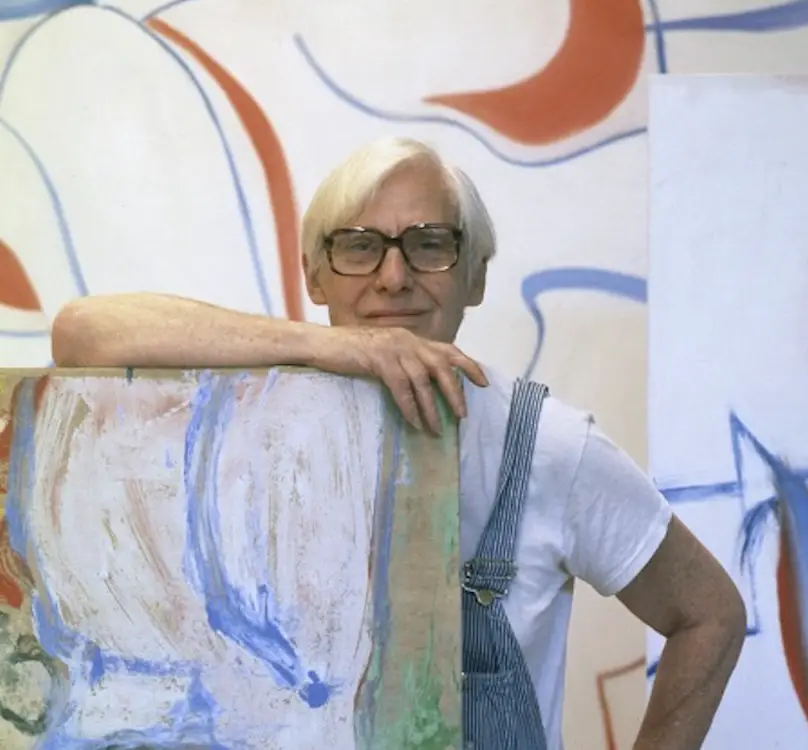
Postmodernism further impacted the evolution of abstract art with the bold use of color and form. The bold packaging of emotions combined with form became a trademark of artists like De Kooning, Pollock, and others. During this period, we pushed boundaries, crossing tangible norms and expressing deeper, unfiltered emotions and human experiences.
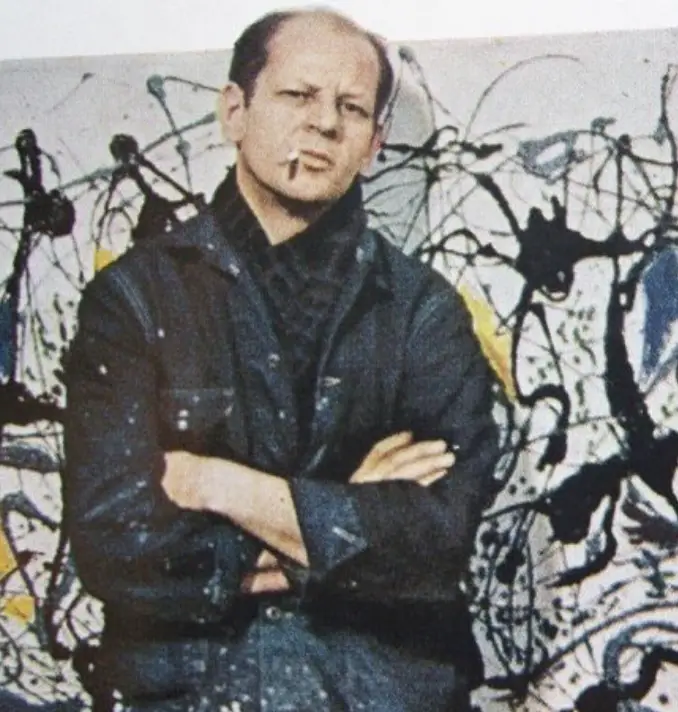
Over the years, the evolution of abstract art has turned into a global discourse in different cultures. Western abstract art focused more on psychological theory, whereas Eastern artists used it for emotional abstractions. But its power to transcend boundaries has knitted a unified tapestry worldwide.
The progression of colorful abstract art continues today, borrowing elements from the digital and virtual world and expanding its scope further. Globally, artists are experimenting with mixed media, channeling the creative spirit of abstract art into new directions.
Today, colorful abstract art thrives, a testament to its enduring appeal. The art form refuses to stagnate, evolving, confronting, challenging, and pushing the boundaries of visual, emotional, and intellectual perspectives. The art world waits with bated breath to witness how this innovative canvas of color and creativity unfolds its next transformation.
Pioneers and Influencers of Colorful Abstract Art
In the realm of colorful abstract art, we find pioneers who have left an indelible mark on the canvas of history. Wassily Kandinsky and Piet Mondrian stand as vanguards of this movement; their trailblazing works revolutionize art’s language
They shed the shackles of realistic representation and ventured into a realm where art expressed pure emotion. In this realm, color and form translated subjective human experiences into pulsating motifs; every brushstroke evoked intrigue and facilitated dialogue.
Kandinsky, considered the father of abstract art, explored the psyche of color and form. Similarly, working within a defined geometric vocabulary, Mondrian created masterpieces that expressed his philosophical beliefs through the delicate dance of form and color. These artists invoked an automatic response in viewers, setting the stage for the explosion of beautiful complexity that defines colorful abstract art.
The shift towards these expressive and evocative forms and colors in abstract art emerged as the artistic community began delving deeper into the very fabric of human emotion. Akin to a prism refracting light into a spectrum of colors, every artwork functioned as a lens, eliciting a diverse range of human sentiments.
Hence, subjectivity became a cardinal element in creating and understanding abstract art, establishing a discourse that transcends the mere physical boundaries of the artwork.

Through the years, the aesthetic of colorful abstract art continued to evolve, shaped by numerous artists’ interpretations and the influx of psychological theories. Every artist has colored abstract art canvas with unique hues, from Pollock’s drips and splatters to Rothko’s large colored fields.
As postmodernism dawned, abstract art was challenged by a new breed of artists who made bold choices in color and form. They experimented with scale, dimension, and texture, diverging from the pure emotion of Kandinsky and Mondrian’s time and infusing the sphere of abstract art with new interpretations that mirror the complex realities of the postmodern world.
Simultaneously, the discourse of abstract art has expanded globally, with different regions incorporating their cultural knots and patterns into the fabric of abstract paintings. From the visceral forms of Aboriginal Australian Art to the complex geometry of Islamic Art, global variations have been woven into the rich tapestry that is colorful abstract art.
As we navigate the digital age, abstract art innovates with the changing times. It sees the incorporation of elements from the digital and virtual world as the line between reality and the abstract blurs on the canvas. The resultant artwork becomes an intersection of the physical and virtual worlds, manifesting in a vibrant myriad of shapes, colors, and forms.
In conclusion, the enduring appeal of colorful abstract art lies in its continuous evolution. It is a dynamic art form that mirrors the complexity of human emotion and thought. Kandinsky and Mondrian ignited this flame, and through the years, countless other artists have carried the torch, each adding their vibrant hue to the palette of abstract art.
Engaging with abstract art involves engaging in an ever-evolving conversation – an open-ended dialogue that is as diverse as the colors that enliven it.
Appreciating Colorful Abstract Art Today
Colorful abstract art presents a captivating spectacle that highlights the nexus of passion and creativity. Often, it is a poster child of visual art’s ability to delve into the human psyche, revealing emotions and experiences that words alone can’t adequately convey.
Trailblazers such as Wassily Kandinsky and Piet Mondrian shifted the paradigm of art, veering away from the rigid, conformist restrictions of representation. This pioneering change facilitated the expression of pure emotion through the limitless palette of colors and shapes. Viewers became participants in a raw dialogue provoked by the explosion of hues and forms imbued with the artists’ subjective voices.
Abstract art has since evolved yet anchored firmly on the foundation set by those early innovators. Artistic interpretations have woven various psychological theories into vibrant abstraction, creating vivid depictions of complex emotional states. The dynamic relationship between color and human emotion lies at the heart of abstract art, making it as much about the viewer as the artist’s creative intent.
The postmodern era brought an impactful wave that revolutionized the landscape of abstract art. Artists began challenging traditional notions and rediscovering their artistic identities in the chaos, adopting bold strokes of vibrant colors that erupted from their canvases. Elements of the period’s political and social unrest found their way into abstract art, pushing the boundaries of what could be expressed through a paintbrush or a palette knife.
Colorful abstract art has transcended boundaries, embedding itself into diverse cultures and shaping and being shaped by them. It has initiated global dialogues, unifying the world through the shared experience of art while embracing cultural variations and narratives unique to each region.
With the dawn of the digital age, abstract art echoed the virtual transformation. Artisans integrated digital and virtual elements into their works, merging the physical and virtual worlds and offering innumerable possibilities for the viewer’s interpretations. Such developments have ensured that colorful abstract art maintains its enduring appeal while exhibiting a contextually relevant evolution.
To experience and appreciate colorful abstract art is to journey through the human psyche’s labyrinth. It’s not just about splashes of colors on a canvas; it’s an emotional dialogue depicting universality and diversity of thought and a testament to human creativity’s ever-evolving dynamic spectrum. So, delve into the vibrant world of abstract art, participate in the dialogue, and let the colors speak to you, invoking emotions, challenging perspectives, and tickling intellect.
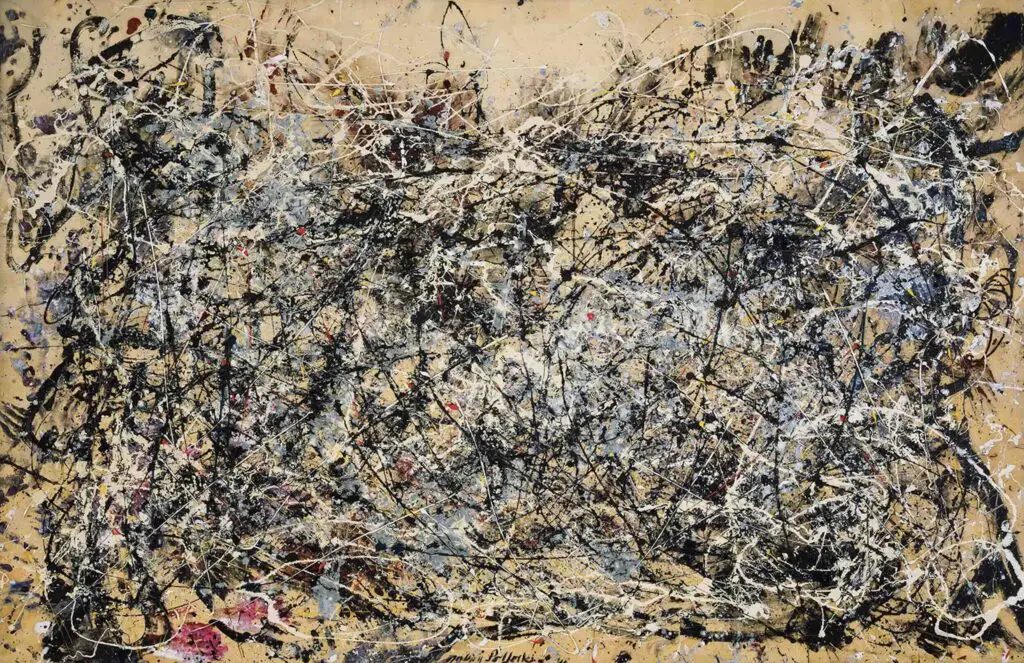
Colorful abstract art remains a testimony to humankind’s perpetual journey of pushing boundaries in visual expression. It is a testament to the power of color and form to communicate varied messages and elicit complex emotions.
From its historical development and key influencers to its modern-day appreciation and influence, colorful abstract art persistently brings something new. It is a genre that encourages exploration and imagination, inviting creators and viewers alike to redefine their understanding of what art can be.
Engaging in creating your abstract art allows you to become a part of this vibrant, ever-evolving community, adding your colors to the rich tapestry of colorful abstract art.
Anita Louise Art is dedicated to art education, great artists, and inspiring others to find and create their art. We love art that uplifts and inspires. #ArtToMakeYouSmile! #ArtToMakeYouHappy!
If you want to see any of my art, you can find out more by clicking here. If you are interested in what inspires me and my paintings, you can discover more by clicking here.
We have a free newsletter and would love you to be part of our community; you can subscribe to the newsletter by clicking here. I would be happy to talk to you if you have any questions. You can reach me, Anita, by clicking here.
Subscribe to our Anita Louise Art YouTube Channel with great videos and information by clicking here.
Join us for our podcast “5 Minutes With Art.” Spend 5 minutes a week with us to discover and learn about great art and artists. You can find out more about our podcast by clicking here.
Related Questions
Abstractionism In Art Defined: Unlocking Abstract Expression
Among one of the most influential art movements, abstractionism stands as a beacon, reshaping the trajectory of modern art. Abstract art, also known as abstractionism, captivates with its departure from conventional depictions of the visual world. Read on, we explore the essence of abstractionism, delving into its fundamental nature, diverse forms, and the underlying concepts that fuel its creative endeavors.
By clicking here, you can learn more by reading Abstractionism In Art Defined: Unlocking Abstract Expression.
15 Most Famous Abstract Art And Why They Are Famous
Abstract Expressionism is a term applied to the art developed by American painters in the 1940s and 50s. It is associated with the New York School art movement, which signified a change in the world’s art center from Paris, France, to New York City. Gestural brushstrokes characterize the abstract expressionism art movement, mark markings, and the overall impression of spontaneity in the artwork.
You can learn more by reading the blog 15 Most Famous Abstract Art And Why They Are Famous by clicking here.
Abstract Painting Ideas – A Wealth Of Inspiration Awaits
We understand how hard it can sometimes be to find inspiration for Abstract painting, so we will delve into ten suggestions to help artists discover new avenues of inspiration for their abstract artworks. Everything from nature and life experiences to other great artists’ works can help you find the subject matter to paint.
By clicking here, you can discover more by reading Abstract Painting Ideas – A Wealth Of Inspiration Awaits.

